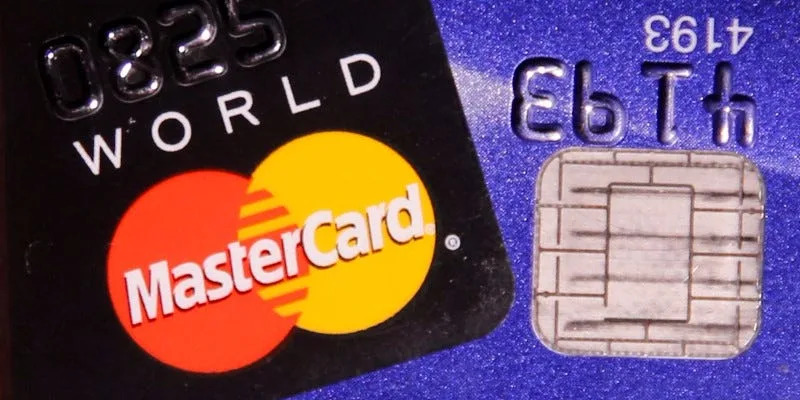Jennifer Sor
Tue, June 27, 2023

View shows credit cardsThomson Reuters
Tighter interest rates could lead to a spike in credit card defaults for young adults, Moody's said.
Young borrowers have accumulated credit card debt to offset the effects of inflation.
Credit card balances grew 16% for card holders under the age of 25 last year, more than any other age group.
Defaults and delinquencies could spike among young adults who've racked up credit card debt, thanks to tighter financial conditions that are starting to impact how US consumer spend, Moody's Analytics said.
In a note on Tuesday, Moody's pointed to higher interest rates, which have raised the cost of borrowing and slowed down consumer credit usage. Outstanding balances across all consumer credit products grew just 0.2% in May, compared to 5.3% in May of last year. Meanwhile, accounts grew at a rate of just 0.1%, compared to 2.8% a year ago.
But higher rates potentially spell trouble for young adults, some of whom have already racked up credit card debt to offset the effects of inflation on their savings.
Credit card holders under the age of 25 have seen the largest increase in credit card debt over the past year, with the average credit card balance for that age group rising to $1,376, up 16% from $1,182 last year. Meanwhile, no other age group has seen a balance increase of more than 8%.
That's largely because young adults haven't yet entered their prime earning years, though they haven't been spared the effects of inflation.
"Given that young and lower-income borrowers have likely depleted a large share of, if not all excess savings at this point, it is not surprising that these individuals are using unsecured credit to augment their spending," Moody's economist Kyle Hillman said in a note on Tuesday.
"However, increased indebtedness will lead to higher delinquency and default rates as the job market weakens and wage growth slows, a concerning development for lenders active in this space."
The total rate of credit card delinquencies, or late payments, is currently hovering around 3.5%, Hillman said. That's below levels recorded before the pandemic, but still a full percentage point above levels seen in May of last year.
Experts have also warned of trouble in other areas of the credit market, thanks to banks pulling back on lending after the string of regional bank failures earlier this year. Tighter lending conditions, in addition to higher interest rates, could more than double the rate at which companies default on their debt, Societe Generale estimated this year.
No comments:
Post a Comment